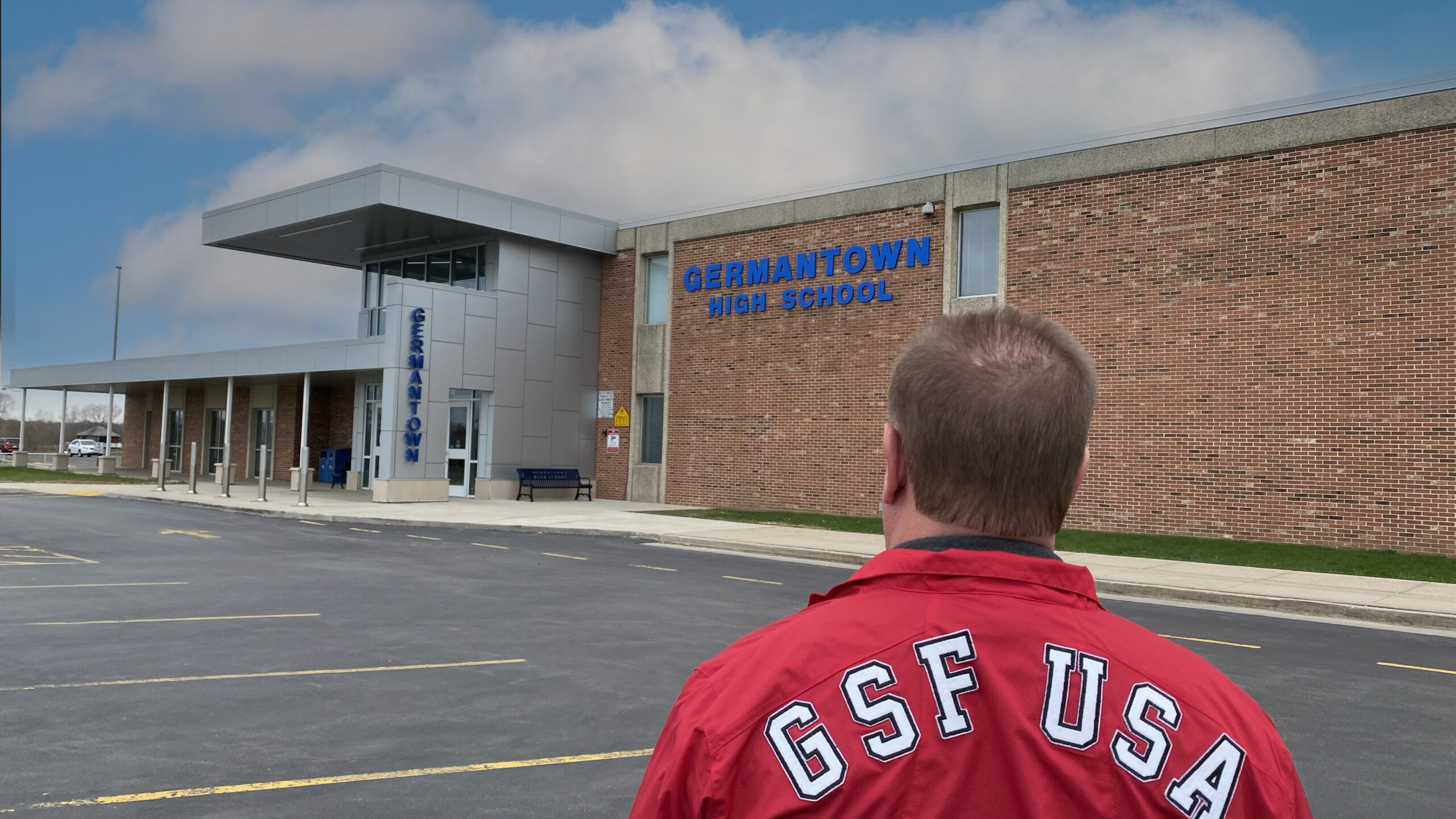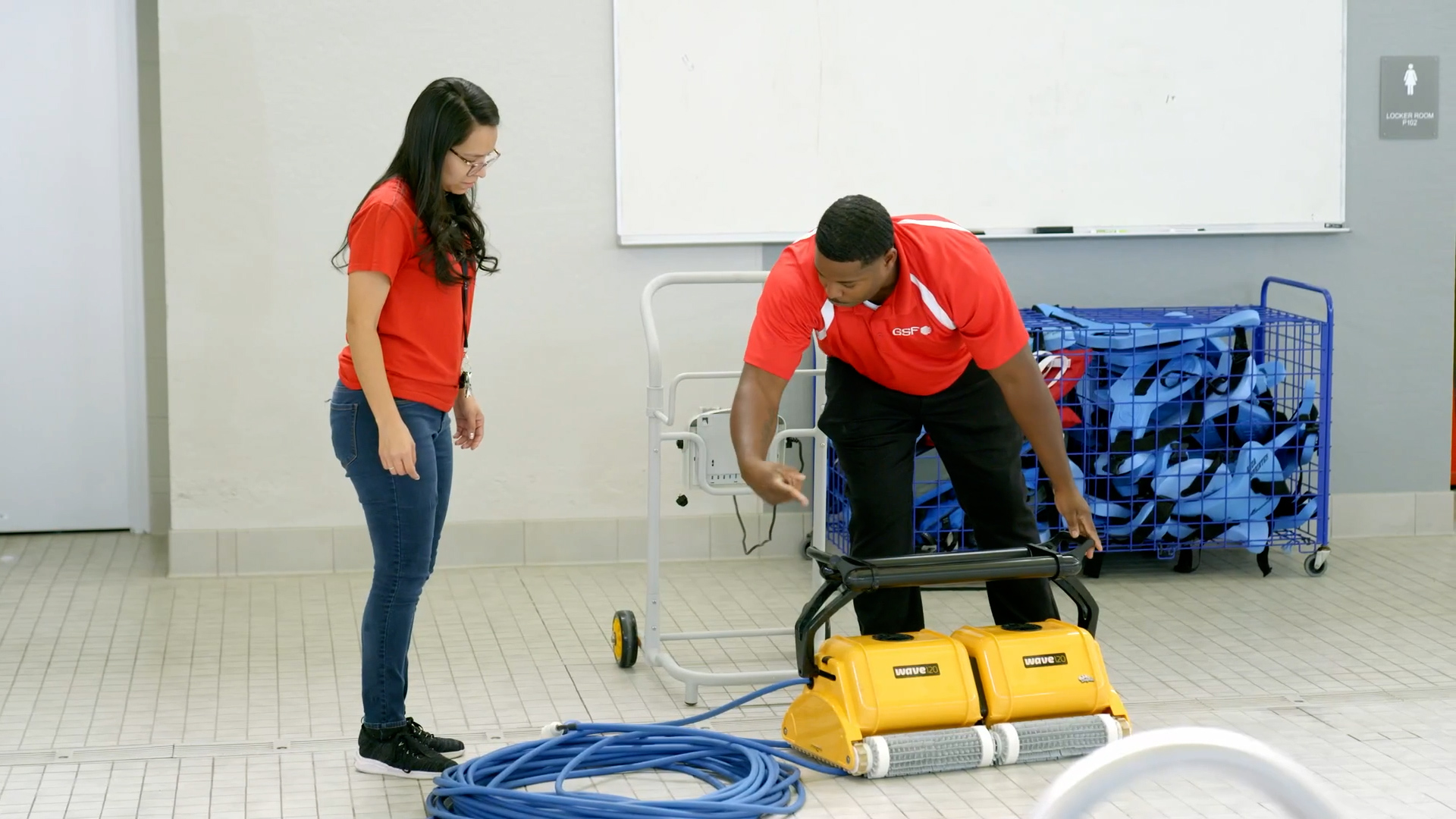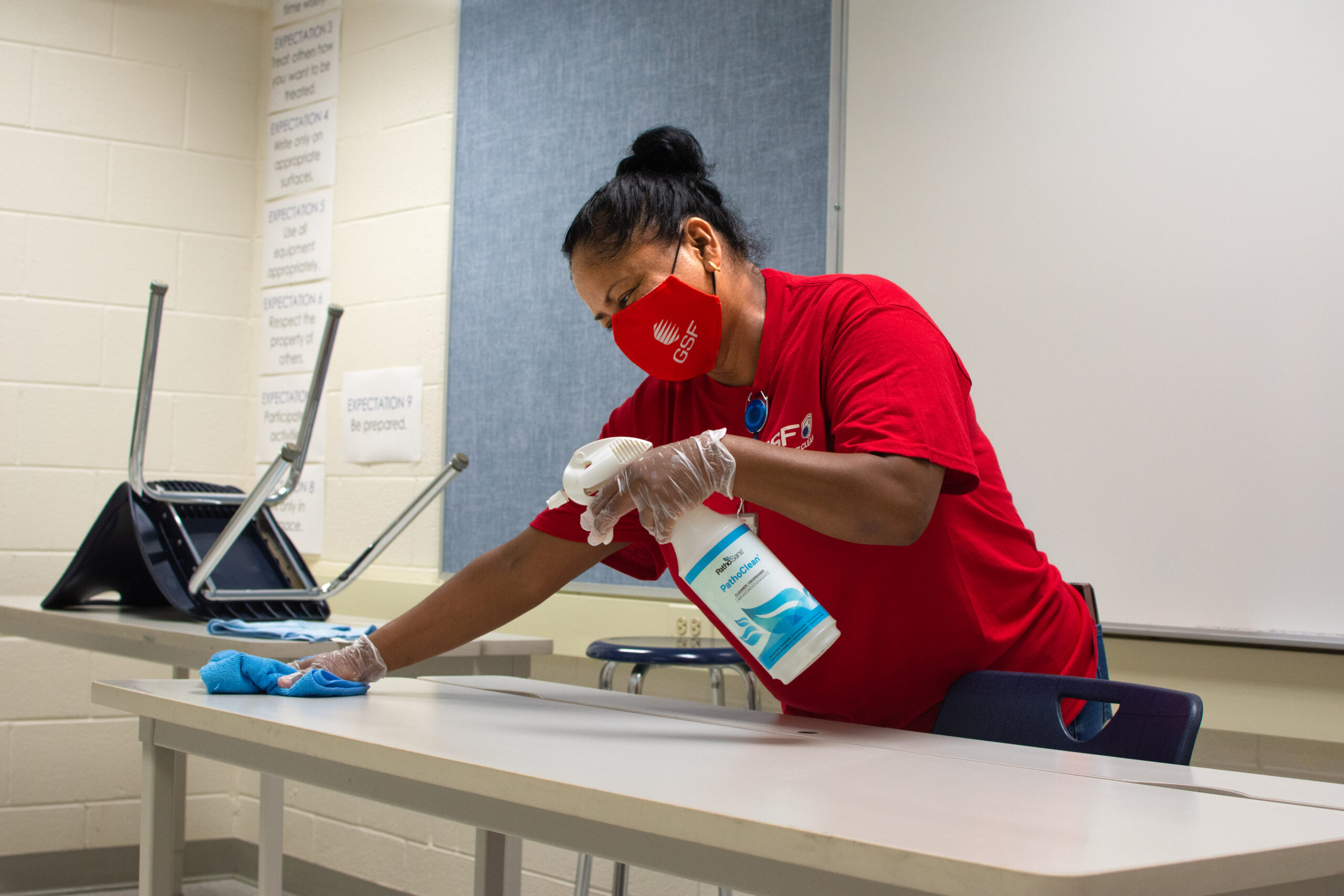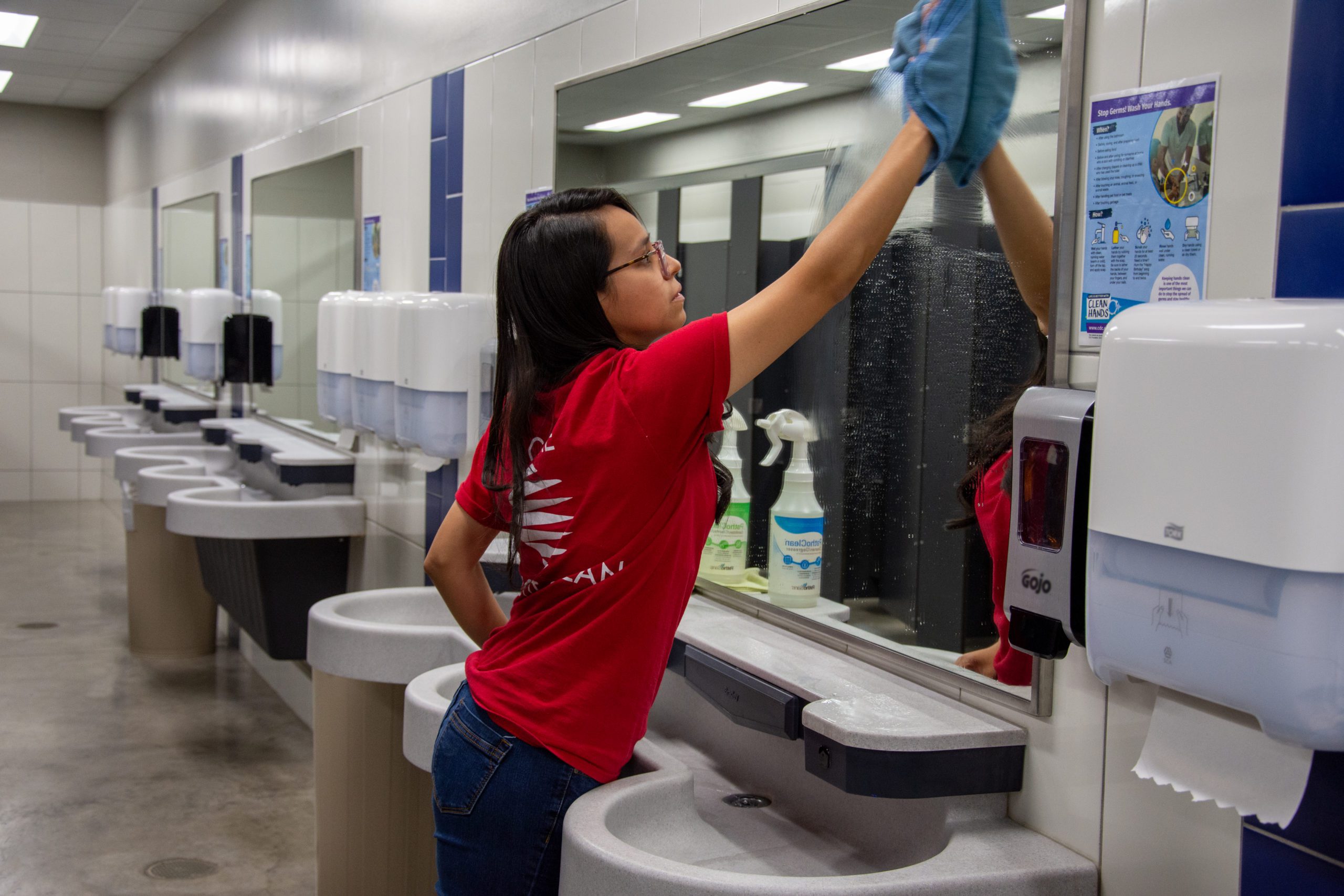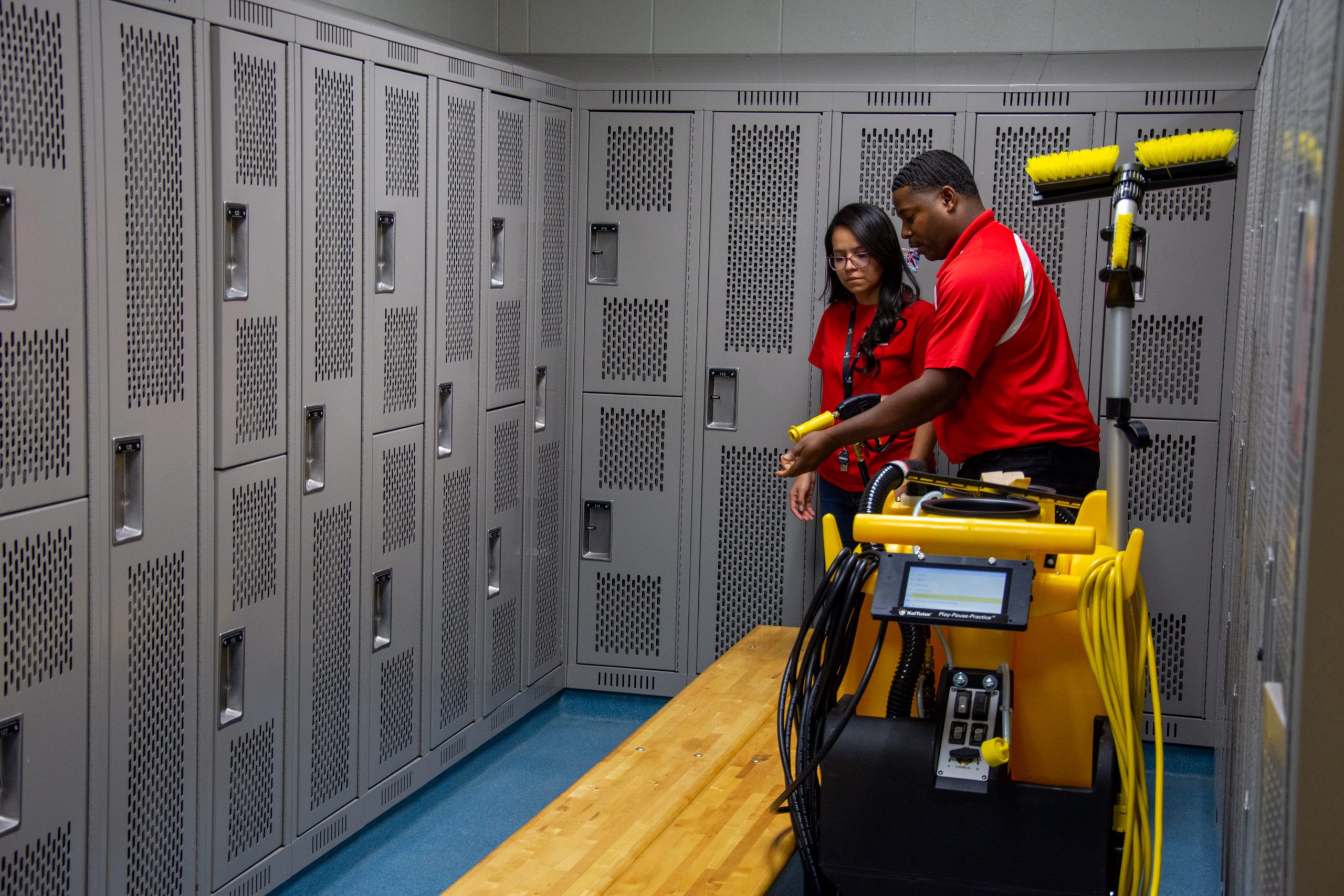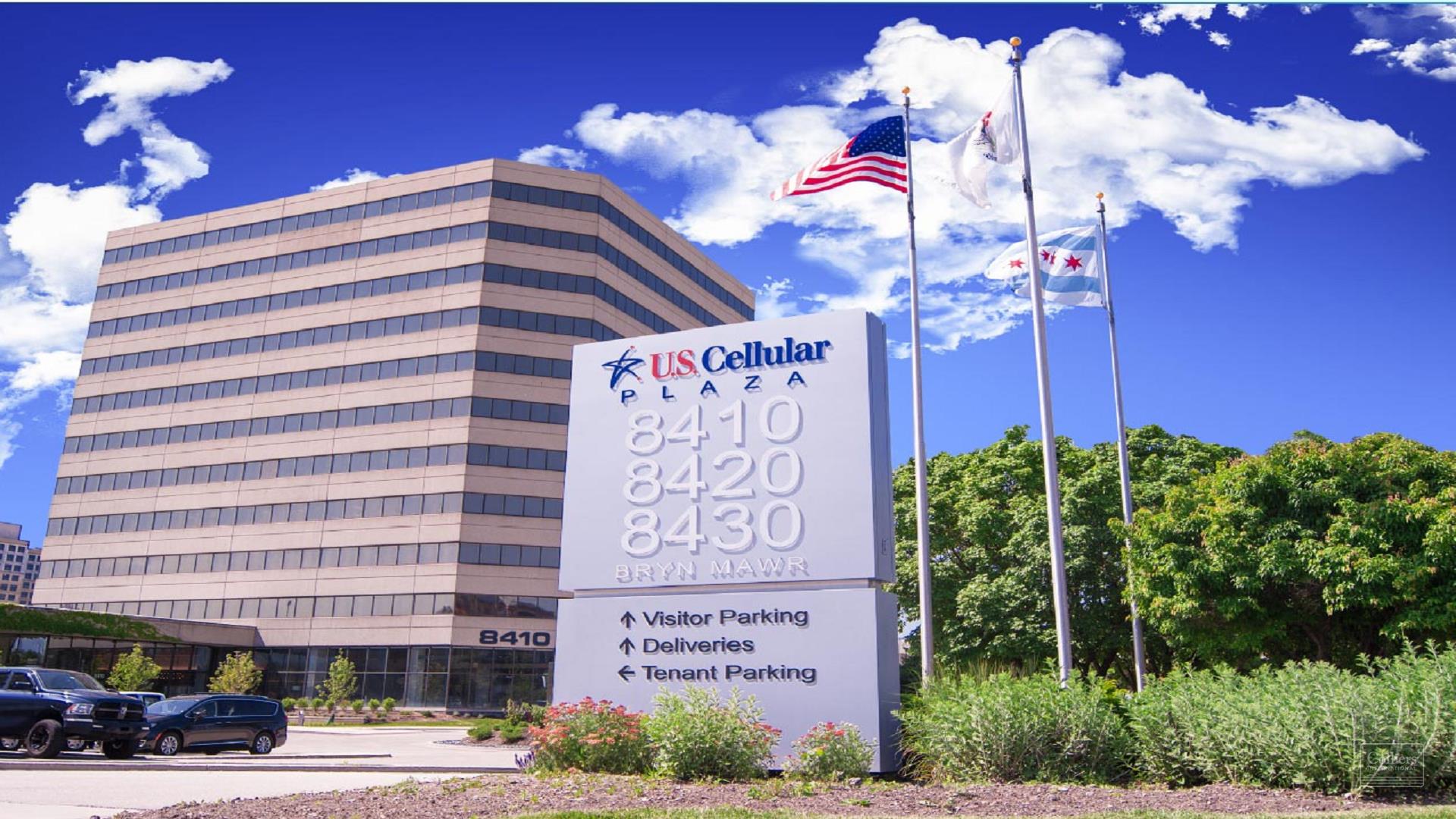CHALLENGE
Germantown School District in Wisconsin is comprised of four elementary schools, one middle school and one high school as well as Germantown Virtual School for students grades 6-12 living in the state of Wisconsin. More than 3,700 students are enrolled at the district, which has a goal to “Empower and Inspire Every Student to Success.”
The COVID-19 pandemic led to increased cleaning and disinfecting and the use of new equipment like electrostatic sprayers to address SARS-CoV-2. However, many conventional cleaning chemicals contain ingredients that can create unsafe conditions for cleaning professionals, students, staff and visitors. Germantown School District began looking for a better way to clean that would adequately protect against pathogens of concern while also prioritizing occupant safety and environmental sustainability.
SOLUTION
Germantown School District selected GSF USA, a global cleaning services company, to oversee its cleaning program. GSF’s Green Seal®-certified Écologique cleaning program swaps traditional and potentially caustic cleaning chemicals with safer electrochemically-activated solutions (ECAS) from PathoSans®. ECAS are made with an on-site generation system using salt, water and electricity.
PathoClean® is a cleaner/degreaser and PathoCide® is a sanitizer/disinfectant. GSF USA operates two generators and 15 satellite units across the district’s buildings. Employees fill spray bottles with the cleaner and disinfectant. Staff can also safely use the disinfectant with equipment like electrostatic sprayers to quickly disinfect classrooms, hallways and bathrooms.
“Switching from multiple cleaning chemicals to two easy-to-use solutions from PathoSans greatly streamlines the cleaning and disinfecting process,” said Mark Streitmatter, Branch Manager, GSF USA. “The two solutions take care of the majority of the cleaning needs of the district and do not create safety risks because they are made with three simple ingredients.”
RESULTS
With the help of GSF USA and PathoSans, Germantown School District can be confident in:
Cleaning performance. The PathoClean cleaner has reduced the buildup of detergent residue on surfaces throughout the school that are common when using traditional cleaning chemicals. Meanwhile, the fast kill time of the PathoCide disinfectant helps GSF’s employees quickly yet effectively disinfect surfaces. The two products enable GSF to clean for health and appearance, making Germantown School District inviting and safe.
Good indoor air quality. Many cleaning chemicals release volatile organic compounds (VOCs) into the air and cause eye and lung irritation. The district previously had to have a separate disinfectant that was compatible with electrostatic sprayers, since the droplet size can impact health and safety. Now, the school has two solutions that are compatible with all surfaces and equipment, do not contain added fragrances or other caustic ingredients and do not emit VOCs. This supports better indoor air quality (IAQ).
Stable chemical supply. The PathoSans solutions are produced in house and on demand with easy-to-source ingredients. This means GSF will always have readily available supply of cleaner and disinfectant, eliminating any disruptions in the cleaning process.
Its commitment to sustainability. Because the PathoSans solutions are made up of water, salt and electricity, they are not harmful to the environment. Additionally, eradicating the shipment of cleaning chemicals to the district’s buildings eliminates the greenhouse gases associated with the transportation of these supplies.
“We’ve been impressed with the never-ending supply of cleaner and disinfectant that the PathoSans generators provide,” added Streitmatter. “The system makes inventory management much easier, as we just need to ensure that we have salt at the ready to continue producing the electrochemically-activated solutions.”
